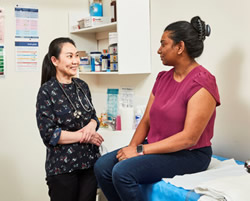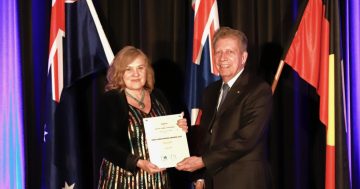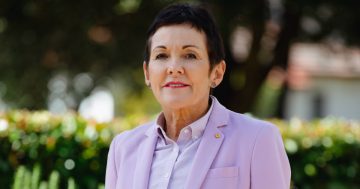 Queensland Health is concerned that only two-thirds of Queensland women aged 25-to-74 years participate in cervical screening.
Queensland Health is concerned that only two-thirds of Queensland women aged 25-to-74 years participate in cervical screening.
Spokesperson for the Department, Anna Hawkes said cervical cancer was one of the most preventable cancers, yet the State had one of the highest cervical cancer incidence rates in Australia, with around 190 people diagnosed every year.
“The good news is our cervical screening self-collection option, launched in mid-2022, is increasing participation, particularly in northern and western regions,” Dr Hawkes said.
“Self-collection gives people the flexibility to collect their own vaginal sample, generally at a GP in a private space such as behind a curtain or in a private room.”
She said some people might feel uncomfortable getting a cervical screen by a clinician, so the self-collect option made the process much more private and comfortable.
“Recent data shows that among people aged 30-to-74 years who had never had a cervical screening test before, almost one in five were choosing to self-collect their sample,” Dr Hawkes said.
“Older women who had never screened before are most likely to choose self-collection.”
She said research showed that more than 70 per cent of cervical cancers occurred in women who had not been screened as often as recommended or who had never participated in screening.
Dr Hawkes said it was not only certain age groups that were taking up the self-collection option but also people in certain parts of the State.
“Early data shows us that people living in the most remote areas of Queensland are more than twice as likely to choose a self-collected test compared with people living in urban areas,” she said.
“These numbers are significant since cervical screening participation rates are normally lowest in the State’s most remote areas and among First Nations people, but cervical cancer incidence and mortality is highest for these people.”
More information on cervical screening is available on this PS News link.










